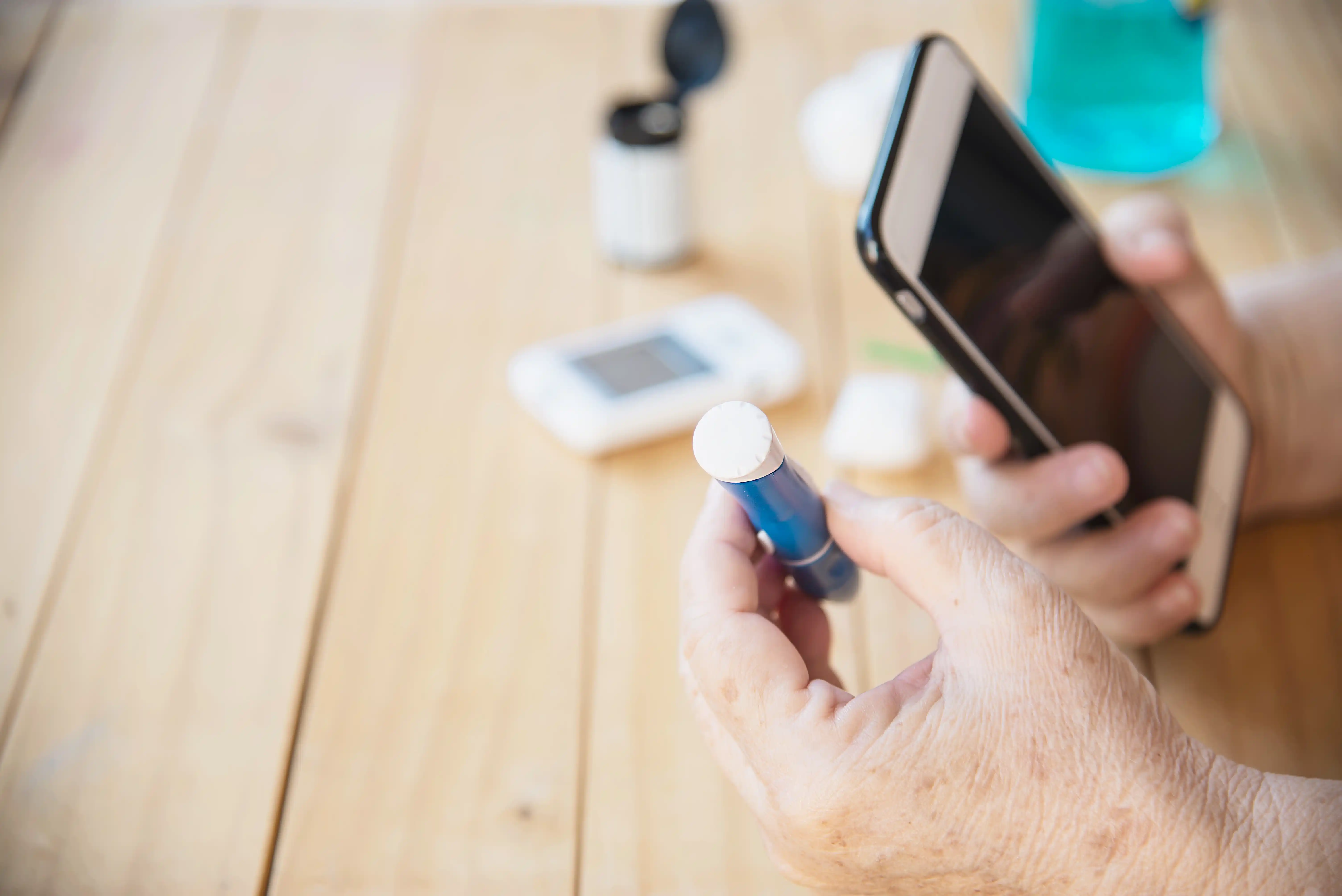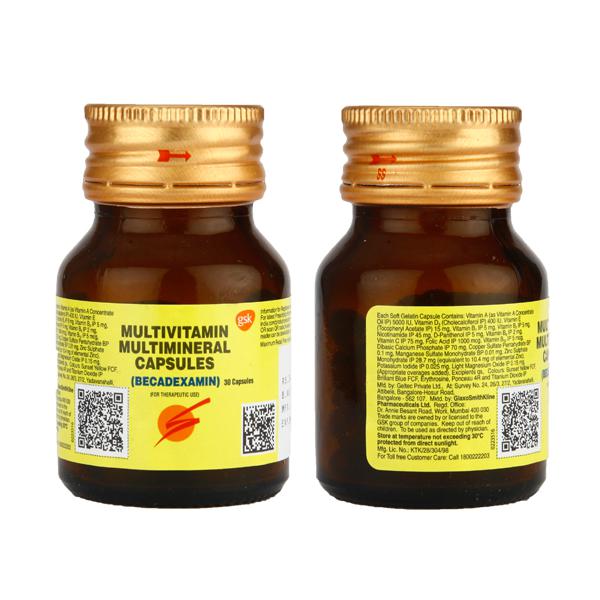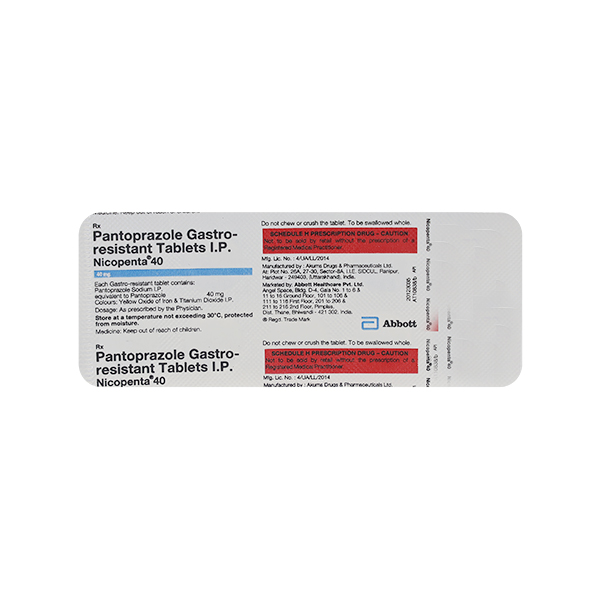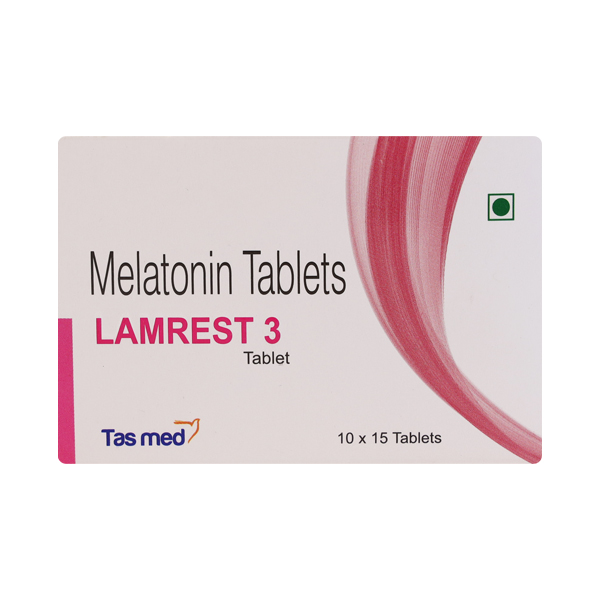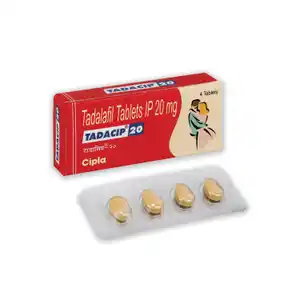In this blog
10 Tips for Diabetic Patients to Travel Safely
Traveling with diabetes can seem challenging, but with careful planning and preparation, it’s entirely manageable. Whether you’re embarking on a short road trip or a long international flight, staying healthy and managing your condition is key. This guide provides ten essential tips to help diabetic patients travel safely and enjoy their journey without compromising their health.
1. Plan Your Trip Thoroughly
Proper preparation is the foundation of safe travel for diabetic patients. Before your trip, schedule a visit with your doctor to discuss your travel plans and get a comprehensive health checkup. Your doctor can provide advice on adjusting medications, managing blood sugar levels during travel, and handling emergencies.
Research your destination’s local healthcare facilities and pharmacies. Make a list of nearby hospitals or clinics, especially if you’re traveling to remote areas. For international travel, check the availability of your medications in the destination country.
2. Pack a Diabetes-Friendly Travel Kit
A well-stocked travel kit is a must for diabetic patients. Include your blood glucose meter, test strips, insulin (if applicable), syringes, or insulin pens. Pack enough supplies to last for your entire trip, plus a few extra days in case of delays.
Add alcohol swabs, lancets, and a sharps container to your kit. Carry a small notebook or app to track your blood sugar readings. Don’t forget a few packs of glucose tablets or sugar candies for quick relief from low blood sugar levels.
3. Keep Medications Accessible
Always keep your diabetes medications and supplies in your carry-on bag. This ensures you have access to them even if your checked luggage gets delayed or lost. If you’re flying, inform the airline staff about your medical condition and the need to carry insulin or other supplies.
A letter from your doctor explaining your condition and listing your medications can help you navigate airport security checks smoothly.
4. Manage Blood Sugar Levels Regularly
Travel often disrupts daily routines, leading to irregular meal times and physical activity. Monitor your blood sugar levels frequently to stay on track. This is especially important if you’re traveling across time zones or consuming unfamiliar foods.
Portable devices like Dr. Morepen Gluco One Strips BG03 - 25 Tests make it easier to check your blood sugar on the go. Keep a record of your readings to adjust medications or diet accordingly.
5. Adjust for Time Zone Changes
If you’re traveling to a different time zone, your meal and medication schedules might need adjustment. Consult your doctor before the trip to discuss how to align your medication timings with the new time zone. Use alarms or reminders to stick to the schedule.
For insulin users, adjusting the timing of doses is critical. Skipping or delaying insulin can lead to complications.
6. Choose Healthy Snacks and Meals
Healthy eating is crucial while traveling. Avoid sugary and processed snacks that can spike blood sugar levels. Instead, carry nuts, seeds, protein bars, or fresh fruits for snacking. When dining out, choose grilled or steamed dishes over fried options and limit portions of carbs and sugary drinks.
For longer trips, prepare homemade meals or look for accommodations with a kitchen where you can cook diabetic-friendly food.
7. Stay Hydrated
Dehydration can worsen blood sugar control. Always carry a water bottle and drink regularly. This is especially important during flights or in hot climates. Avoid alcohol and sugary beverages, as they can lead to dehydration or blood sugar fluctuations.
8. Prepare for Emergencies
Even with the best precautions, emergencies can happen. Inform your travel companions about your diabetes and teach them how to recognize symptoms of hypoglycemia and hyperglycemia. Carry a card or wear a bracelet that identifies you as diabetic.
Pack a small emergency kit with glucose tablets, a glucagon injection, and contact information for local healthcare providers.
9. Be Physically Active
Travel often involves long periods of sitting, whether on a flight or during a road trip. To prevent blood sugar spikes, take breaks to move around and stretch. For sightseeing, opt for walking tours or light hikes, but pace yourself.
Check your blood sugar before and after physical activities. If you feel dizzy or fatigued, take a break and monitor your levels.
10. Choose Comfortable Accommodations
Where you stay can make a big difference. Look for hotels or rentals with refrigerators to store insulin and facilities that allow you to prepare meals. Check if nearby restaurants offer diabetic-friendly food options.
When booking, mention any special requirements due to your medical condition to ensure a stress-free stay.
Conclusion
Traveling with diabetes doesn’t have to be stressful. By planning ahead, packing thoughtfully, and monitoring your blood sugar levels, you can enjoy a safe and memorable trip. Use reliable tools like Dr. Morepen Gluco One Strips BG03 - 25 Tests to stay in control of your health while exploring the world.
With these tips, you can travel confidently, knowing that your health is well-managed throughout the journey.
FAQs
Q1. Can diabetics travel long distances safely?
Yes, diabetics can travel safely with proper preparation. Consult your doctor, pack a well-stocked travel kit, and monitor your blood sugar levels regularly during the journey.
Q2. What are some healthy snacks for diabetics while traveling?
Healthy travel snacks include nuts, seeds, low-sugar protein bars, fresh fruits like apples or berries, and whole-grain crackers. These options help maintain steady blood sugar levels.
Q3. How should I store insulin while traveling?
Store insulin in an insulated travel case or cooler to maintain its temperature. Avoid exposing it to direct sunlight or extreme heat. Always keep it in your carry-on luggage.
Q4. Can time zone changes affect blood sugar management?
Yes, traveling across time zones can disrupt meal and medication schedules. Plan your routine with guidance from your doctor to minimize complications.
Q5. What should I do if I experience hypoglycemia while traveling?
Carry glucose tablets, candies, or juice boxes for quick relief. Inform your travel companions about your condition so they can assist you in an emergency.
Disclaimer: This article is intended for informational purposes only and should not be considered a substitute for professional medical advice. Always consult a qualified healthcare provider for diagnosis and treatment of any health condition.

